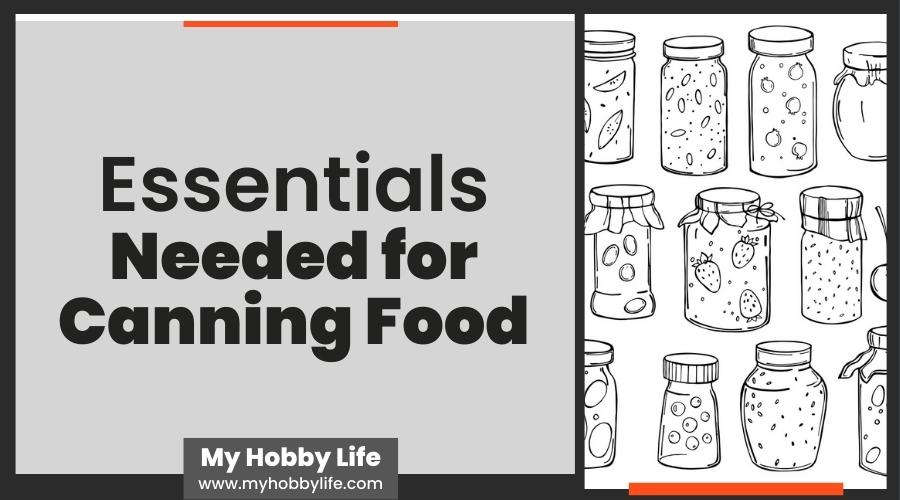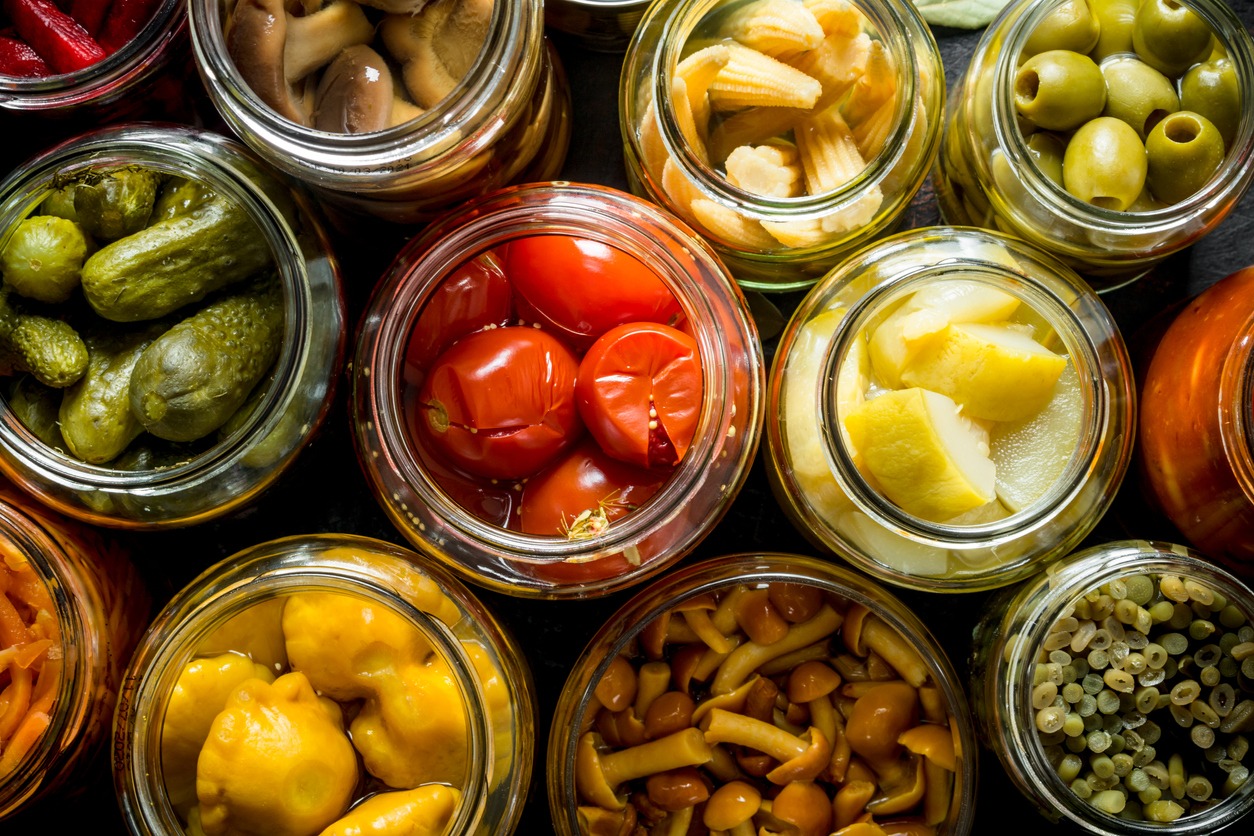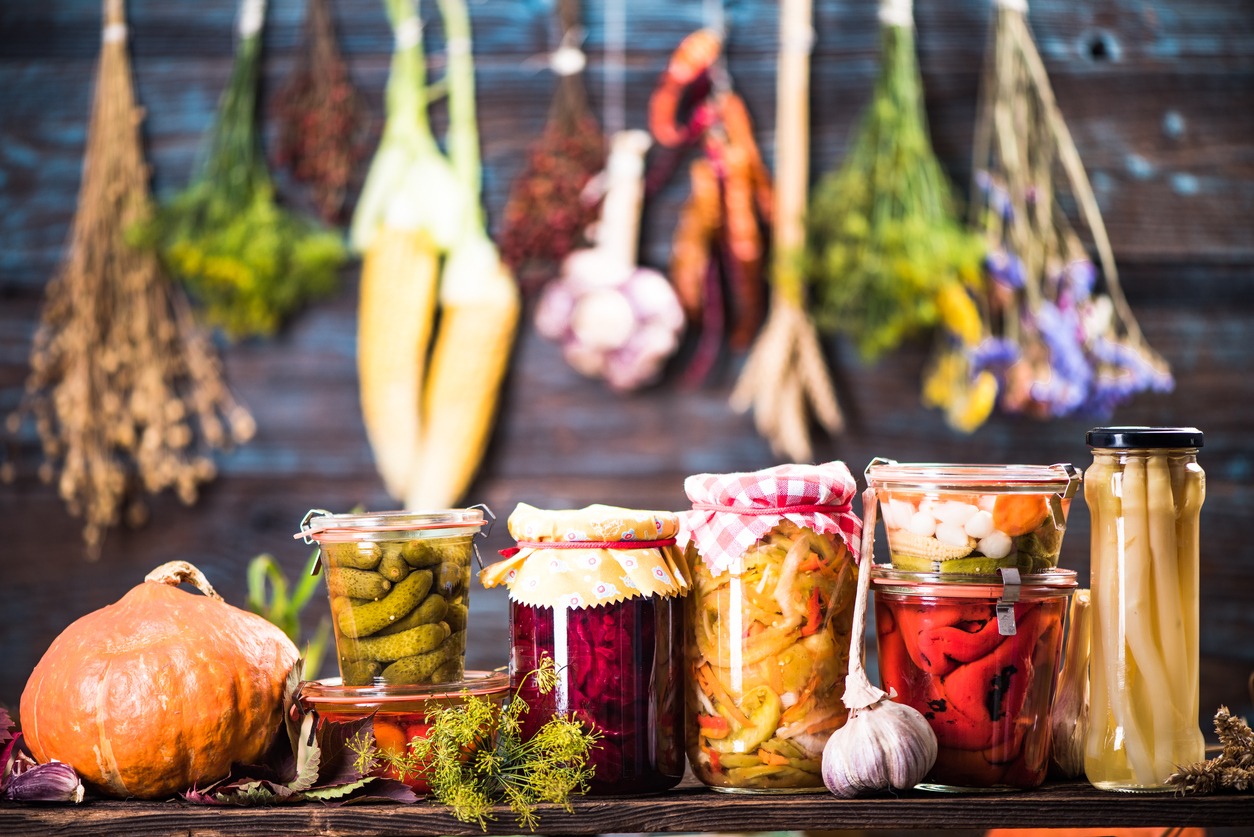Whether it’s a basket of regional strawberries or a row of homegrown carrots, home canning enables you to preserve fresh food to enjoy all year long. Food jars can be safely sealed with heat, pressure, or both using canning materials to keep them at room temperature. Some canning tools are necessary for every project, while others are only necessary when processing particular items.
Consider what you want to preserve before purchasing supplies. A pressure canner is required to preserve low-acid items including meat, poultry, shellfish, and unpickled vegetables. Fruits and pickles that contain high levels of acid can be sealed in a water bath or steam canner. You can ensure that the food in your home-canned jars is both healthy and delectable by selecting the best canner for the job, learning how to use it, and using a tried-and-true canning recipe. Numerous accessories make canning easier, whether you’re a newbie canner acquiring your first materials or an expert preserver improving your equipment.
How to Get Started
Begin by determining what will go into the jars that will be stashed away like treasures in your pantry. Summer fruits and berries are typically winners for jams, but there are plenty of ingredients accessible all year to keep your shelves stocked. Depending on your needs, consider experimenting with different jar sizes.
Choosing the Ingredients
Choose the most recent fruits and veggies. Fresh fruits and vegetables can be found at farmers’ markets or grown in your garden. Avoid using overripe or underripe fruits, as they can impact the acidity and stability of the finished product. To produce superb pickles, cucumbers, in particular, must be at their pinnacle of freshness. When preparing goods for canning, always wash the produce and meticulously follow the directions.
- Pectin: Many fruits naturally contain pectin, an essential gelling ingredient. Most jam and jelly recipes ask for the addition of pectin, either liquid or powdered. Special pectin is also available for preparing low-sugar preserves. Preserves without pectin must be cooked for a longer period, depending on the amount of natural pectin in the fruit.
- Acid: Acid adds flavor and texture while also preventing bacterial growth. Acid is also used in the fermentation process for creating pickles. In fruit preserves, lemon juice is commonly used as an acid, whereas vinegar is more commonly used in vegetable preserves.
Canning Essentials and How to Use Them
Once you’ve decided on a recipe, it’s time to gather your ingredients, utensils, and supplies. This equipment will make canning at home easier and safer.
1. Water Bath Canning
To preserve prepared food, water bath canning involves placing the food in jars with self-sealing lids, and then immersing the jars in boiling water for a predetermined period to seal the jars and kill any bacteria and enzymes that might otherwise cause the food to spoil. Heat and oxygen escape through the lids of the jars once they are taken out of the boiling water, sealing the container with a vacuum. When the right items are properly prepared using water bath canning, they can be kept on your pantry shelf for up to a year and enjoyed at a later time.
Even while water bath canning is simple in and of itself, it’s crucial to do it correctly. Starting with the appropriate recipe type, boiling the appropriate jar size for the appropriate period, and even adjusting the processing time for altitude are all necessary steps. Not all items are suitable for canning in a water bath. This technique works well with foods like jams and jellies that have the proper ratio of acid to sugar in the recipe.
On the other hand, low-acid foods like meats and green beans must be preserved using specialized apparatus called a pressure canner, which raises the food’s temperature much higher than with water bath canning. Note that pressure canners and pressure cookers are not the same things, so avoid attempting to pressure can using a pressure cooker.
2. Lids, Rings, and Jars
Canning jars, often known as mason jars, come in a variety of shapes and sizes. It is critical to utilize modern canning jars. Vintage jars should not be used for canning since they may not work well with a modern lid and ring closure. Reusing commercial jars, such as old spaghetti or mayonnaise jars, is also not recommended since they may not be able to sustain the temperatures required for home canning.
Home canning lids and rings are two-piece vacuum caps. The lid is made out of a flat metal disc with a sealing compound on the bottom and a threaded metal screw band or ring that fits over the jar’s rim. Vintage lids and rings should not be utilized since they may no longer seal properly. Rings that are in good shape can be reused, but lids are one-and-done.
Sterilize the rings and rubber-lined lids as well. In a small pot, cover the new lids with water and put them to a low simmer. Simmer for 10 minutes, being careful not to boil – heat might degrade the sealing material on the lids. Remove the lids from the water and set aside until ready to use.
3. Pressure Canner
A pressure canner is a steel or aluminum pot with a locking lid and a pressure valve or pipe covered with a dial or gauge to apply weight and a pressure plug to alleviate pressure before unlocking the top. A pressure canner is similar to a pressure cooker, but the heat and pressure handled to sterilize food-containing cans are different.
A pressure canner uses pressurized steam to sterilize food by eliminating all bacteria and microorganisms in it, allowing the food to be stored in the fridge for a long period. The lid’s pressure gauge is used to adjust the temperature by increasing or reducing the pressure. Because steam is hotter than boiled water, it sterilizes the cans more effectively. At increasing pressure, a pressure canner can heat up to 240 F or more by using either the weight or the burner flame. When less acidic items are sealed at this temperature, they will keep for months.
Canning food is an excellent skill to master. If you want to stock up on food with ingredients you recognize, preserving your food is a healthier option.


